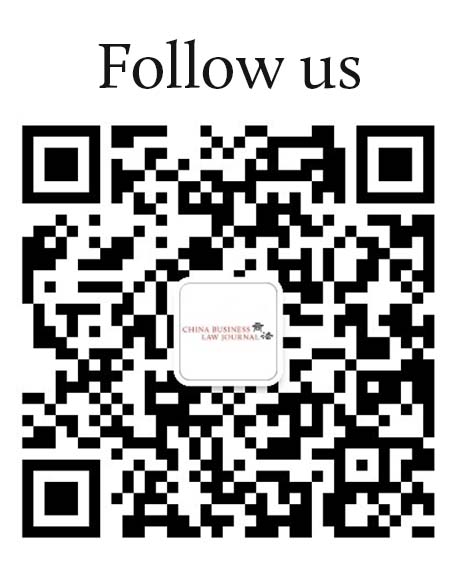In recent years, weak protection of trademark rights, difficulty in suppressing bad-faith infringement, repeated infringement violations and relatively low measures of damages for infringing behaviour have emerged as prominent problems during the course of implementing the Trademark Law. In our experience, the measure of damages awarded by courts has frequently been insufficient to make up for the losses incurred by the rights holders, and at times have even been less than the costs expended by the rights holders in protecting their rights. This is one of the main reasons why rights holders have failed to advance the protection of their rights, and why infringers continue to engage in such behaviour.

Wang Yadong
润明律师事务所
执行合伙人
Executive Partner
Run Ming Law Office
Recently, the latest draft of the amended Trademark Law was formally completed and submitted to the Standing Committee of the National People’s Congress for deliberation. It attempts to actively address the problems mentioned above.
Damages
Addition of punitive damages. In accordance with the Trademark Law, the measure of damages for the infringement of trademark rights is two-fold. One method is to calculate damages from the benefits derived by the accused from the infringement during the period of such infringement. The second is to measure damages from the losses incurred by the injured party as a result of such violation during the period of infringement. However, one will find the calculation method above impracticable. For example, if the measure of damages is to be determined based on the losses incurred by the injured party, it is necessary to show that the decrease in the volume of the sales of the rights holder’s product is attributable to the appearance of a certain infringing product. But this is impossible for a rights holder to prove. It is also rare for the court to rule in favour of the rights holder based on this provision. Additionally, determining the measure of damages based on the benefits derived by the infringer is not any easier to prove. An infringer will not normally voluntarily provide its accounts, and even if it does, it is difficult to differentiate genuine account information from false information. Under such a circumstance, the gap between the damage incurred and damages awarded is difficult to bridge. Such circumstances foster the frequent occurrence of bad-faith infringements. In the face of “habitual infringers”, rights holders often find themselves “winning the case but losing money”.
You must be a
subscribersubscribersubscribersubscriber
to read this content, please
subscribesubscribesubscribesubscribe
today.
For group subscribers, please click here to access.
Interested in group subscription? Please contact us.





























